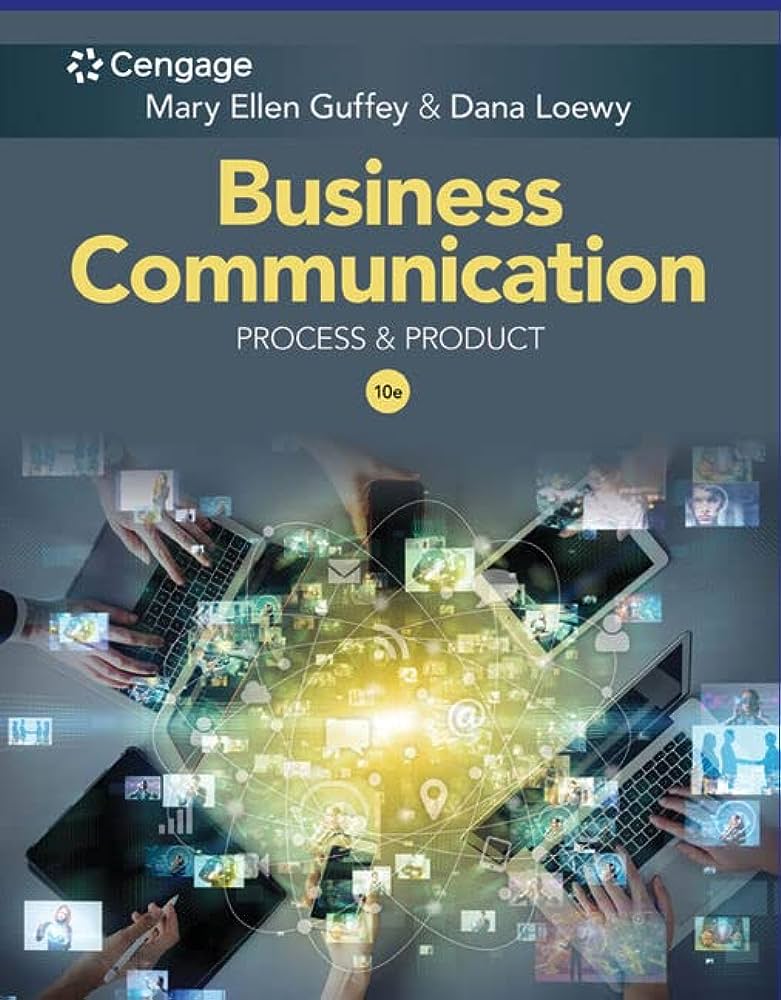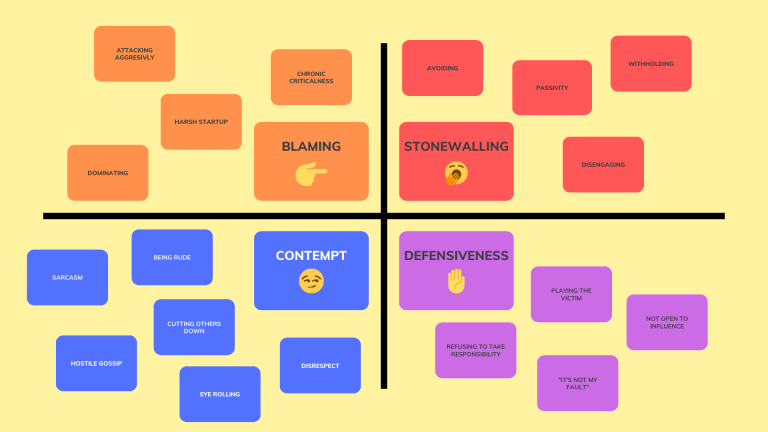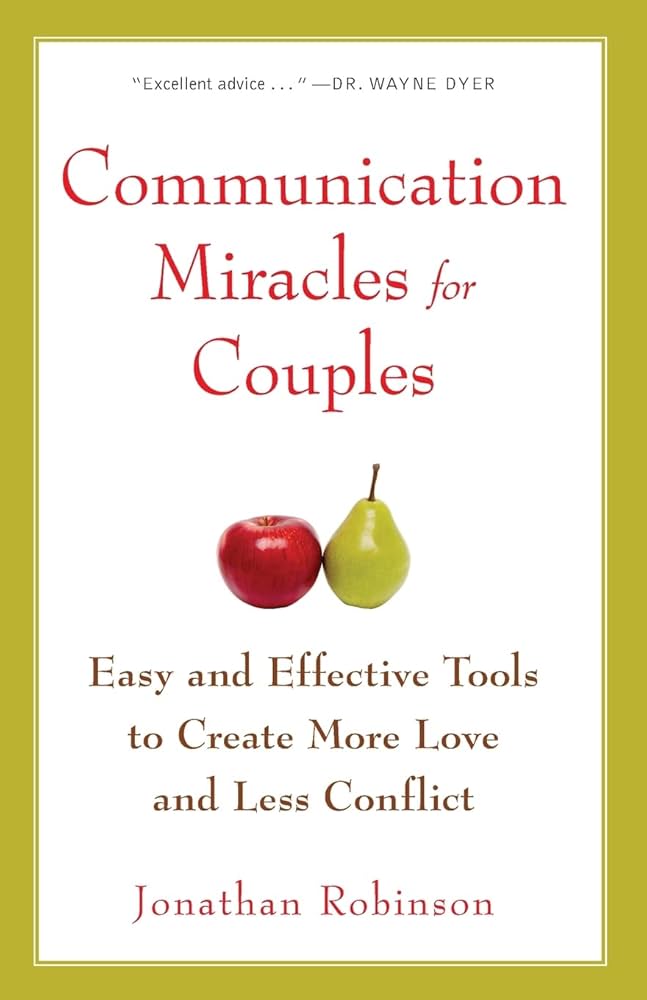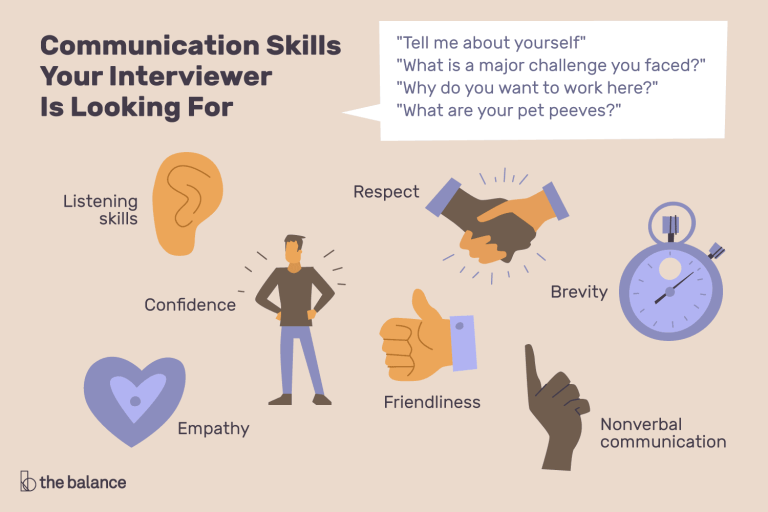Why is Communication a Process
Communication is a process because it involves the exchange of information between two or more parties. It is a complex system that requires the transmission, reception, and understanding of messages to occur.
Effective communication is vital in both personal and professional settings, as it helps to build relationships, convey ideas, and facilitate understanding. It involves the use of verbal and non-verbal cues, such as body language, tone of voice, and written or spoken words.
In today’s fast-paced world, effective communication is more important than ever. With advancements in technology and the globalization of business, the ability to communicate clearly and efficiently is a valuable skill. Whether it’s in a face-to-face conversation, a phone call, or an email, the process of communication allows individuals to share information, express thoughts and emotions, and collaborate towards common goals. Overall, communication serves as the foundation for human interaction and is essential for productive and meaningful connections.
Understanding Communication: Its Crucial Role In Human Interaction
Communication is an essential process in human interaction, playing a crucial role in understanding and connecting with others. It encompasses the exchange of information, thoughts, and ideas through various channels, including verbal, nonverbal, and written forms. Communication not only enables individuals to express themselves but also facilitates the sharing of emotions, beliefs, and experiences.
It serves as a bridge that fosters understanding, resolves conflicts, and strengthens relationships. By engaging in effective communication, individuals are able to convey their intentions clearly and actively listen to others, promoting cooperation and collaboration. The scope of communication is vast, encompassing personal, professional, and social interactions.
Whether it’s a conversation with a loved one, a presentation at work, or a public speech, effective communication plays a pivotal role in conveying messages, establishing connections, and influencing others.

Credit: www.researchgate.net
Key Components Of The Communication Process
Communication is a complex process that involves various key components. Central to this process are the sender and receiver, who play vital roles. The sender is responsible for initiating and encoding the message, while the receiver decodes and interprets it.
These players are crucial because they ensure the successful transmission and understanding of information. Effective communication relies on the sender’s ability to articulate thoughts and ideas clearly, as well as the receiver’s skill in actively listening and comprehending the message.
Additionally, feedback from the receiver is integral to gauging the effectiveness of communication. Overall, understanding the key components of the communication process enables individuals to engage in meaningful and productive exchanges of information.
The Communication Process: A Step-By-Step Journey
Communication is a complex process that involves multiple steps. It begins with encoding, where thoughts are transformed into messages. These messages are then transmitted through appropriate channels. Once received, the messages need to be decoded and understood by the recipient.
Finally, feedback is provided as a response to the message. Each step in the communication process plays a crucial role in ensuring effective and meaningful communication. By understanding the process and its various components, individuals can become better communicators and avoid misunderstandings.
The journey of communication is dynamic and continuously evolving, with each interaction offering an opportunity for growth and improved understanding.
The Importance Of Effective Communication
Effective communication is vital for building strong relationships. It helps in enhancing teamwork and collaboration, as well as avoiding conflicts and misunderstandings. Communication is a continuous process that involves exchanging information, ideas, and emotions. It allows for effective problem-solving, decision-making, and coordination among team members.
Without proper communication, tasks can become disjointed and relationships can suffer. By communicating clearly and actively listening, individuals can develop a better understanding of each other’s needs and expectations. This fosters trust and creates a positive work environment. In addition, effective communication promotes transparency and openness, which are crucial for resolving conflicts and preventing misunderstandings.
Overall, communication is the foundation of successful relationships and plays a crucial role in personal and professional growth.
Barriers To Effective Communication
Communication is a complex process that involves transmitting and receiving information. Effective communication can be hindered by barriers. Physical barriers, such as distance or noise, can impede the flow of information. Psychological barriers, such as biases or lack of trust, can create communication challenges.
Additionally, semantic barriers, like language differences or jargon, can lead to misunderstandings. Overcoming these barriers is crucial for successful communication. By being aware of potential obstacles and finding ways to address them, individuals and organizations can improve their communication effectiveness.
Removing physical barriers, fostering open and inclusive environments, and using clear and concise language are all important strategies for overcoming communication barriers. Understanding and addressing these barriers is key to enhancing communication and achieving desired outcomes.
Overcoming Communication Barriers
Effective communication is a dynamic process that involves overcoming various barriers. To achieve this, active listening techniques play a crucial role in understanding others. Non-verbal communication skills, such as body language and facial expressions, are equally important in conveying messages accurately.
Additionally, using clear and concise language ensures that information is understood correctly. By avoiding common barriers and actively engaging in effective communication, individuals can foster stronger relationships and achieve their goals. Whether it is in personal relationships or professional settings, communication is a process that requires continuous effort to build understanding and connection.
Through active listening, proficient non-verbal skills, and precise language use, barriers can be overcome, leading to successful communication outcomes.
Communication Methods In Different Contexts
Communication is an essential process that takes place in various contexts. Verbal communication plays a significant role in face-to-face interactions, allowing people to exchange thoughts and ideas. Similarly, written communication is crucial in formal settings, enabling clear and precise information exchange.
Additionally, non-verbal communication plays a crucial role in interpersonal relationships, conveying emotions and intentions without words. Each method of communication serves a unique purpose and is used differently in different contexts. Understanding the various communication methods and effectively utilizing them can enhance relationships and improve overall communication effectiveness.
Whether it’s through verbal, written, or non-verbal means, communication is a process that enables individuals to connect, exchange information, and establish meaningful connections. It is a continuous process that requires active participation and understanding from all parties involved. Mastering these different communication methods can greatly contribute to successful interactions in various settings.
The Evolving Role Of Technology In Communication
Communication is a dynamic process that continuously evolves with advancements in technology. The role of digital tools in communication has had a profound impact on our lives. These tools have revolutionized the way we connect and interact with others, breaking down barriers of time and distance.
However, along with this convenience, virtual communication also presents challenges. Misinterpretation of tone, lack of non-verbal cues, and technical glitches can hinder effective communication. Despite these challenges, virtual communication also brings opportunities. It allows for global collaboration, remote work, and instant information sharing.
As technology continues to advance, communication will continue to evolve, improving connectivity and fostering innovation. Embracing these digital tools and navigating the challenges they present can empower us to communicate more efficiently and effectively in this ever-changing world.
The Communication Process In Business And Organizations
Communication is an essential process in both business and organizations. It plays a crucial role in ensuring smooth operations and achieving organizational goals. Internal communication strategies foster effective information sharing among employees, promoting teamwork and collaboration. These strategies can include regular team meetings, memos, and intranet platforms.
On the other hand, external communication strategies focus on effective communication with customers, suppliers, and other stakeholders. This includes marketing campaigns, social media engagement, and public relations efforts. Both internal and external communication strategies are vital for building strong relationships, enhancing brand reputation, and facilitating successful business operations.
By adopting effective communication processes, businesses and organizations can improve productivity, customer satisfaction, and overall performance.
Frequently Asked Questions On Why Is Communication A Process
Is It True That Communication Is A Process?
Yes, communication is a process where information is exchanged between individuals. Through this process, ideas, thoughts, and feelings are shared using various methods such as speaking, writing, or non-verbal cues. In communication, a sender encodes the message, and the receiver decodes it.
The process involves several steps, including the sender creating and transmitting the message, the receiver receiving and interpreting it, and providing feedback. Effective communication requires clarity, understanding, and active listening skills. By following this process, individuals can establish efficient and meaningful communication to convey their thoughts and ideas accurately.
Why Is Communication A Process Quizlet?
Communication is a process because it involves a series of steps to exchange information effectively. It includes transmitting, receiving, and interpreting messages. The process ensures that the intended message is understood by the recipient. Through communication, ideas, thoughts, and emotions are conveyed between individuals or groups.
It allows people to share information, express themselves, and build relationships. The process involves encoding, selecting a channel, decoding, and providing feedback. These steps ensure that the message is clear and the desired outcome is achieved. Effective communication is essential in personal and professional relationships and plays a crucial role in various fields such as business, education, and healthcare.
What Is Communication And Why Is It Important?
Communication is the process of exchanging information and ideas between individuals. It is crucial for effective collaboration, building relationships, and conveying messages clearly. Good communication enhances productivity, minimizes conflicts, and promotes understanding among people.
How Does Communication Improve Efficiency?
Effective communication improves efficiency by ensuring that information is relayed accurately and promptly. It helps in avoiding misunderstandings, clarifies expectations, and enables smooth coordination. When people communicate clearly, tasks are accomplished more efficiently, leading to increased productivity and better outcomes.
Conclusion
Effective communication is a vital process that plays a crucial role in all aspects of our lives. It allows us to connect, understand, and share ideas with others. Whether it’s in personal relationships, the workplace, or even in our day-to-day interactions, communication serves as the foundation for meaningful connections.
By understanding the various components of communication, such as the sender, the receiver, the message, and the feedback, we can navigate through any communication challenges that arise. Recognizing that communication is not just about speaking or writing, but also about listening and understanding, is key to improving our communication skills.
By enhancing our ability to express ourselves clearly and actively listen to others, we can foster healthier and more successful relationships. Through constant practice and mindfulness, we can learn to communicate effectively and enjoy the benefits it brings to both our personal and professional lives.
So, let’s embrace communication as a process of connection, growth, and understanding.




